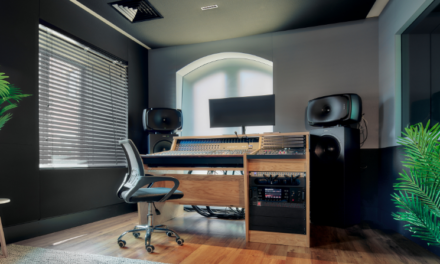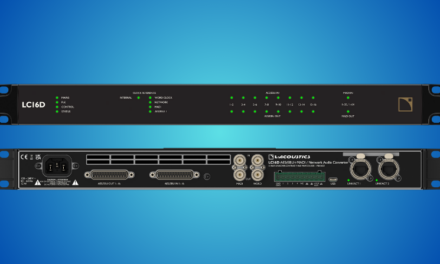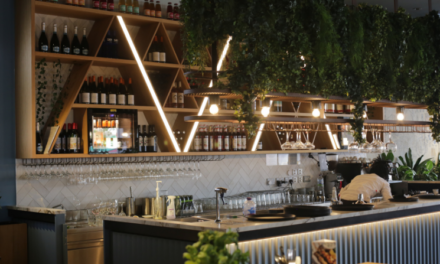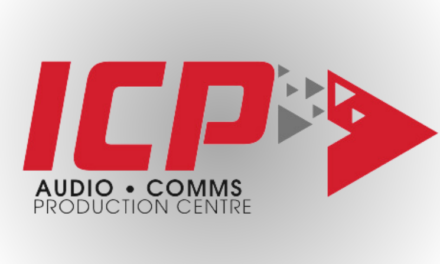Buckinghamshire, UK; November 2023 – Buckinghamshire New University’s Studio 2 has been upgraded to a hybrid studio, with a wide array of analogue outboard equipment and an Audient ASP8024-HE at its heart. When asked about how staff and students are enjoying the new setup, senior lecturer Peter Waterman says, “The room is fully booked all the time, so that speaks for itself!”
An active freelance engineer, producer and songwriter himself, Peter was keen to create a real-world experience for the students at BNU, much like that found in commercial studios where there is a mix of both analogue and digital. It seems to have worked. “From where we were before, this is a real jump in audio quality and versatility. Just bringing up a few faders on an analogue board gives the sound a sonic footprint it wouldn’t have otherwise and it’s been a real turning point seeing students really understanding the analogue workflow alongside Pro Tools.”
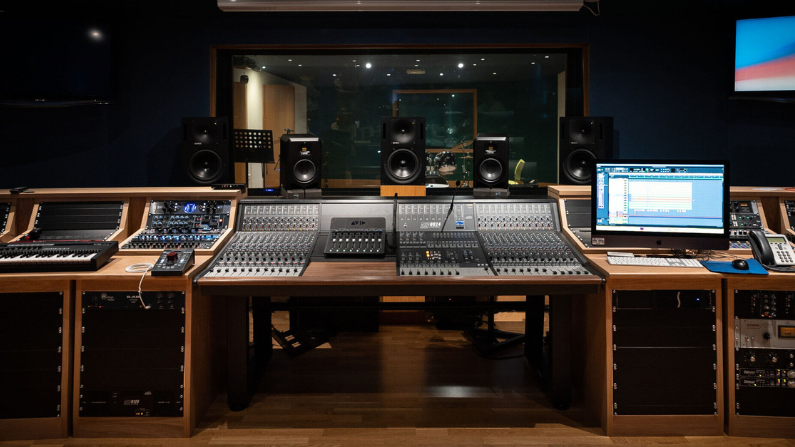
Prior to the revamp of Studio 2, BNU also invested in Studio 1’s comprehensive upgrade to Dolby Atmos, making it one of the first universities to adopt it in a music environment. Each studio has a large control room, live room and a separate vocal booth attached. “These are our main two studios and we really are very lucky to have such large studio spaces nowadays,” continues Peter.
“Both our Studio 1 and Studio 2 upgrades have completely changed the learning and teaching experience at BNU. It used to be a very simple 24 channels of preamps into Pro Tools HD hardware plus a D-Command for Pro Tools and monitor control. Now, everything is brand new and exciting and much more real world.
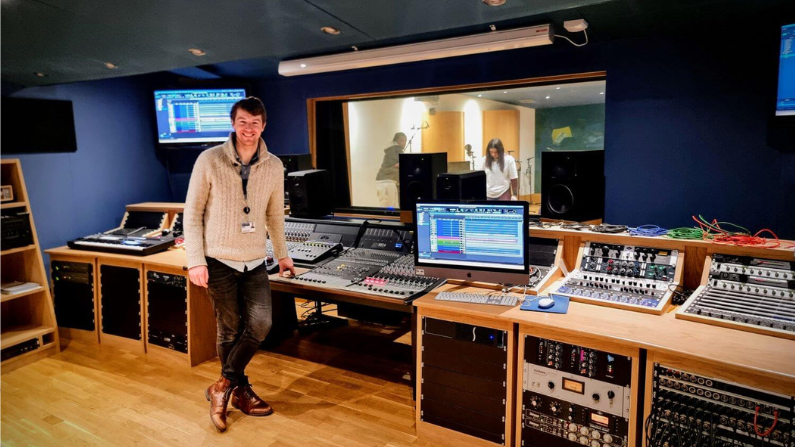
“We could have gone down the same Atmos route with Studio 2, but I’m really pleased that we have two rooms with two completely different learning experiences at the University. One being a very digital control room with a digital console, versus one old school analogue-style control room using a purely analogue console.”
He adds, “I feel as if graduates are now much more ready for the real world of what recording and mixing in the larger studios actually looks like. Nowadays Audient consoles are everywhere, so learning specifically on an Audient is a real advantage in my opinion.”
For Studio 2, Peter specified a 24 channel console from the British manufacturer. “We’ve kept to 24 channels for simplicity. We run it alongside our own designed patchbays for easy switching between console and Pro Tools and more integration with our other outboard pieces. We have a mic input patch using XLRs and a bantam patch for the rest. We also have a wireless monitor controller so we can simply click a button to instantly switch between digital stereo, 5.1 and back to the console output depending on what projects students are working on throughout the day.”
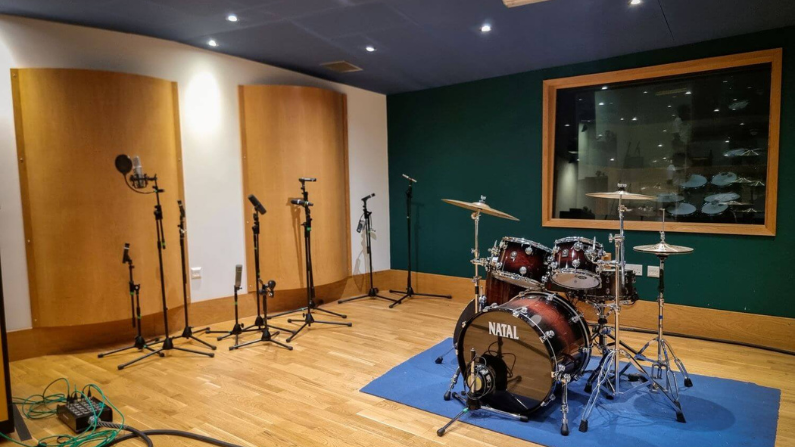
Besides the two 12-channel bays, the ASP8024-HE has a master section and producer section, where they have a Pro Tools controller. “Having that space in the middle and splitting the two 12-channels either side is great for teaching and it means we can get more students up and around the board at the same time doing different things. The Audient is in the centre of two huge rack bays full of gear we can utilise alongside the console’s ins and outs.”
The console has been with them for a year now, and Peter has no problem sharing his favourite features. “I really like the shelving EQs on each channel, as well as the transformer options and bus compressor in the master section.
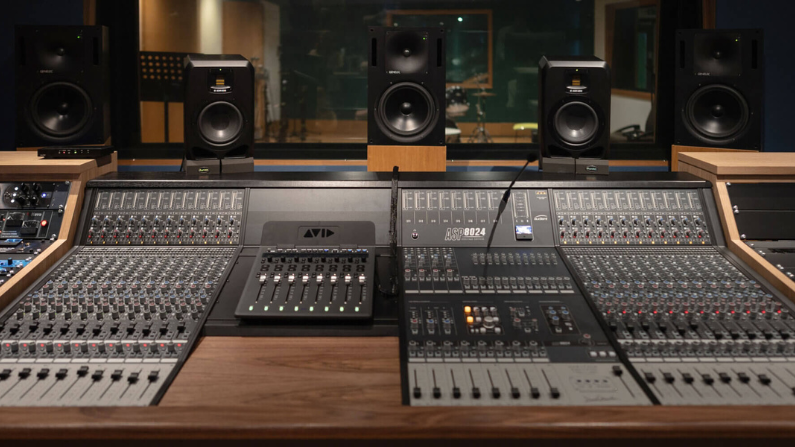
“We have a lot of fun setting up the mix bus initially before mixing on the board by switching on the tone generator to get our compressor thresholds set and ready to go before we begin mixing. That’s actually been a really important part of setting up and getting ready to mix on a board rather than in the digital world.
“I’m not sure if this is standard but we have three identical mix outputs as well on our patchbay, so we can print back in three separate mixes back into Pro Tools if we wanted to experiment with some of the other pieces of stereo hardware we had, as well as taking a cleaner mix and comparing those.” Peter also happens to be a “a big fan of the preamp” having been a long time iD44 audio interface user in his own mobile studio, Longcroft Recording.
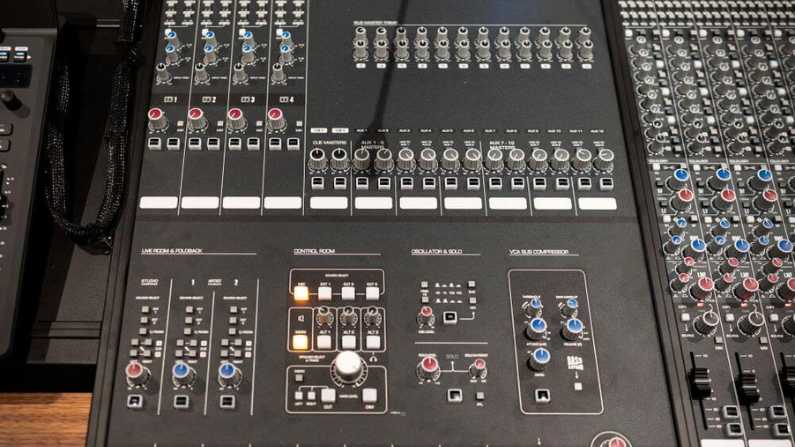
BNU has certainly not shied away from investing in music technology, as its audio and music studios web pages confirm. Studio 3 is a smaller control room with a single live room attached, used for smaller projects such as sound design, Foley, ADR and voice over work etc. It is also a control room equipped with 5.1. There are a further three edit suites which have a live booth attached, which can connect to all three edit suites. The biggest edit suite, Edit 6, has also just had an analogue synth makeover.
Peter concludes, “I’m hoping they keep giving us the funds to continually update and invest in great equipment! (Hint, hint.) But no matter how we upgrade our hardware or mic locker in Studio 2 over the coming years, the Audient console will be staying front and centre of the sound of that room for a long time to come.”
The desk was supplied by UK-based analogue and digital recording studio equipment supplier, KMR Audio – thanks to advice and guidance from BNU alumnus, Tom Shorter who now works there!
About Audient
Audient’s mission is to make professional audio quality available to everyone through the power of technology. Driven to find the balance between audio excellence and user experience, Audient is continuously innovating; designing audio recording products that both empower creativity and simplify the recording process.
A dedication to designing products that balance quality and simplicity, including analogue recording consoles, audio interfaces, mic pres and monitor controllers, has seen Audient build a strong community of music makers in professional and home studios across the globe.
Audient also operates its sub-brand, EVO which aims to make recording both easy and accessible to creatives.
Audient was founded in 1997 and is headquartered in the UK.
www.audient.com

